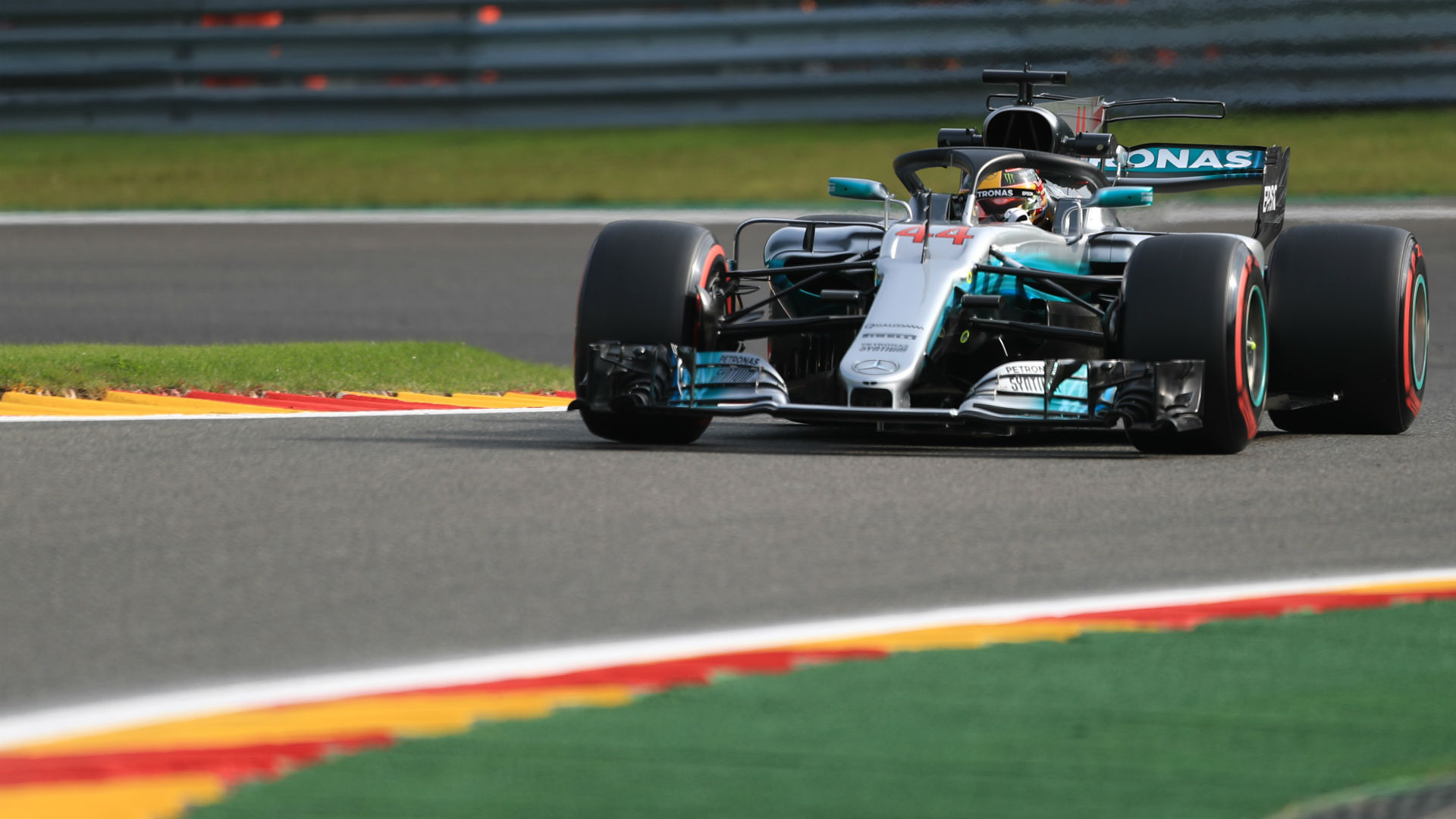

Most Formula 1 teams have been actively opposed to the seemingly-rushed introduction of the Halo cockpit safety device. In fact, nine of 10 teams voted against the decision to make the equipment mandatory for this 2018 season, a majority that was overruled by the Federation Internationale de l’Automobile. Despite the complaints regarding the Halo’s complexity and difficult integral structure, some are now complimenting its effects—last year’s Constructors’ Champion included.
Mercedes-AMG recently commented on the rigid bit of kit and what it brings to the sport, partially negating its added cost and complication.
“This is not a light piece of work, it is several kilos of titanium that needs to be put in the car,” said James Allison, Mercedes F1’s technical chief. “There are changes that we needed to do to accommodate it to ensure the overall car would still stay below the weight limit. It’s also not light because it takes really high loads.
“We had to strengthen the design of the chassis so it would be able to take roughly the weight of a London double-decker bus sitting on top of the halo.”

Aside from these woes that some teams have faced, competitors are allowed to modify the Halo in certain aspects to improve aerodynamics. Allison explained that this is part of the device’s evolution that will surely continue over time.
“The round tube is quite bad aerodynamically, so we’re all permitted to modify the halo in a way which will be individual for each team,” he said. “We’re permitted to fit an aerodynamic fairing around it, which gives us a certain amount of scope to mitigate the effect it has on the aerodynamics of the car.
“What we’re aiming to do is ensure the wake of the halo does not affect the smooth running and performance of the engine so we make sure the wake of the halo does not get ingested by the engine. We also make sure it is designed so that it doesn’t damage the behavior of the rear wing.”

“This is the first generation head protection that goes up, over and around the driver’s head. But it won’t be the last,” Allison concluded. “Nothing in F1 stands still for long. We will all be taking this first go and trying to improve it, trying to make sure the safety gets better but also the aesthetics.
“It’s a bit of an acquired taste and we’re still acquiring it and everyone else too—but I’m sure there are things we can do in coming seasons to make it also look nicer.”